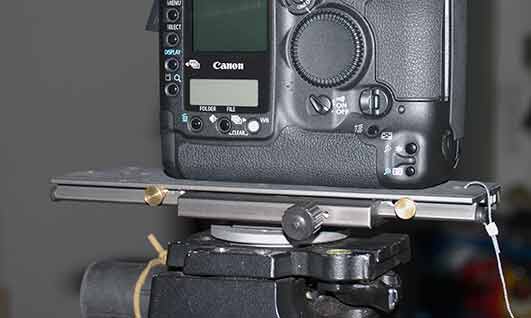Michael Fontana
pro member
Thanks a lot, Bart
yeah, that looks pretty impressive, I agree!
Did you worked the vertical lines ? - it looks pretty good - low distortion at the center - while having some clearly visible (but not to bad) at the corners with the shift of 8.
The shifts of 4 - 6 looks be pretty good, while at 8 it starts to become nasty. We did see it on your other shots, too.
Low distortion is important for that type of photography - as with both - shift and tilt, its hard to correct in post.
Good idea to have the tilt going paralell to the boxes face - is the tilt good visible and controllable in the viewer or do you need live-view?
Your cam position would be about 30 m in height, with the scale of your maquette arround 1/500. When going lower - what the architects often want:

off course more shift is required. On that example, the glas-wall at the left is about 5 - 6 cm in height.
That example was taken with the Perspectar:

it's nose diameter is about 35 mm, so you can put it everywhere, while bigger lenses require to demolish some buildings at the modell for allowing a good position.
With a bigger modell, that problem - size of the lens - will become minor.
After that excursion in architecture model shots, back to the TSE-24:
The difference between 11 and 16 in your DOF-gif is quite obvious, I think the tilt helped a bit for that, too.
Can you change the tilt orientation, (vert/hor) as well as with the older TSE-lenses ?
Beside the use as a shift for architecture photography, it can be used in modell photography as well, for sure not in all situations, but for some.
yeah, that looks pretty impressive, I agree!
Did you worked the vertical lines ? - it looks pretty good - low distortion at the center - while having some clearly visible (but not to bad) at the corners with the shift of 8.
The shifts of 4 - 6 looks be pretty good, while at 8 it starts to become nasty. We did see it on your other shots, too.
Low distortion is important for that type of photography - as with both - shift and tilt, its hard to correct in post.
Good idea to have the tilt going paralell to the boxes face - is the tilt good visible and controllable in the viewer or do you need live-view?
Your cam position would be about 30 m in height, with the scale of your maquette arround 1/500. When going lower - what the architects often want:

off course more shift is required. On that example, the glas-wall at the left is about 5 - 6 cm in height.
That example was taken with the Perspectar:

it's nose diameter is about 35 mm, so you can put it everywhere, while bigger lenses require to demolish some buildings at the modell for allowing a good position.
With a bigger modell, that problem - size of the lens - will become minor.
After that excursion in architecture model shots, back to the TSE-24:
The difference between 11 and 16 in your DOF-gif is quite obvious, I think the tilt helped a bit for that, too.
Can you change the tilt orientation, (vert/hor) as well as with the older TSE-lenses ?
Beside the use as a shift for architecture photography, it can be used in modell photography as well, for sure not in all situations, but for some.







